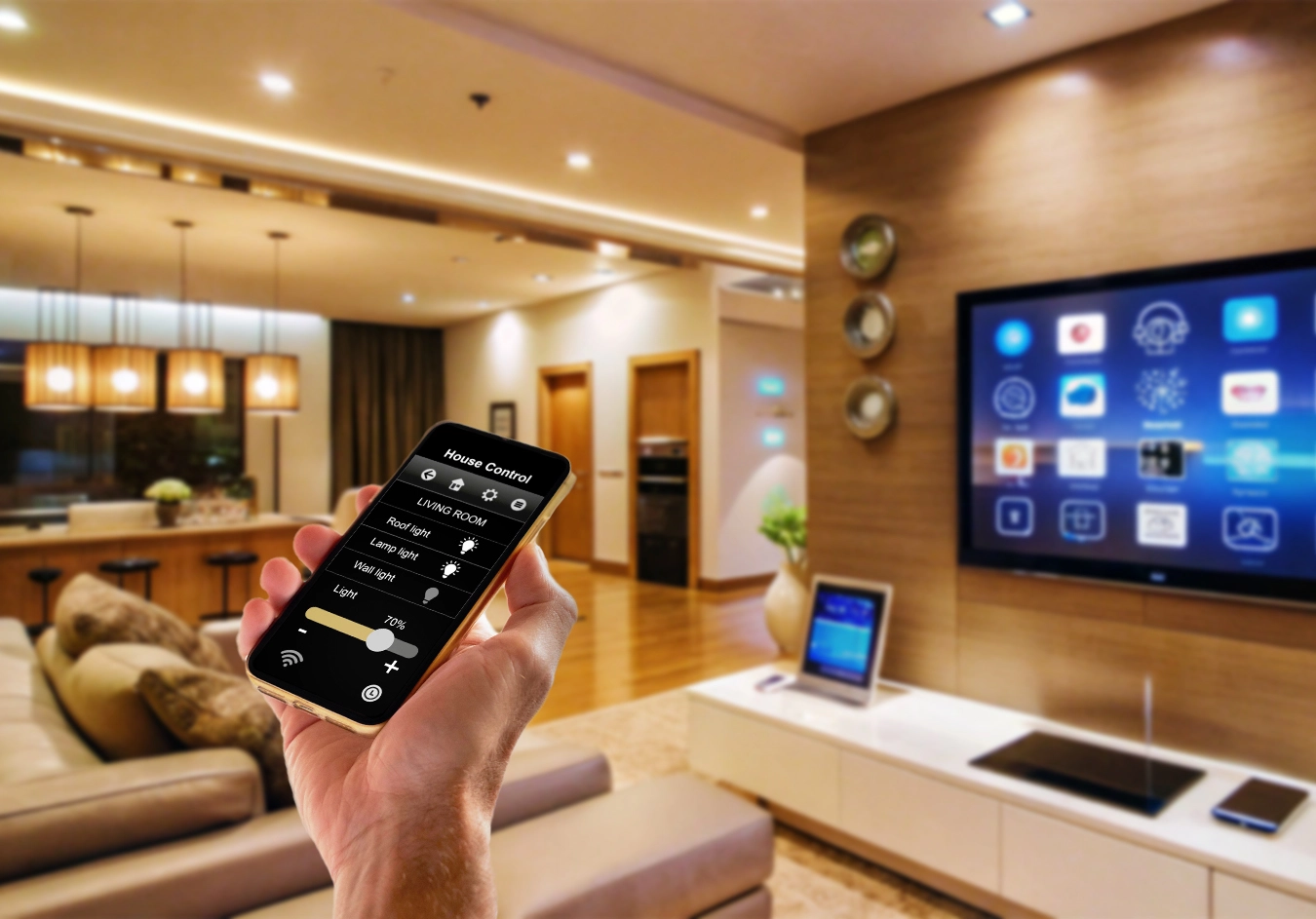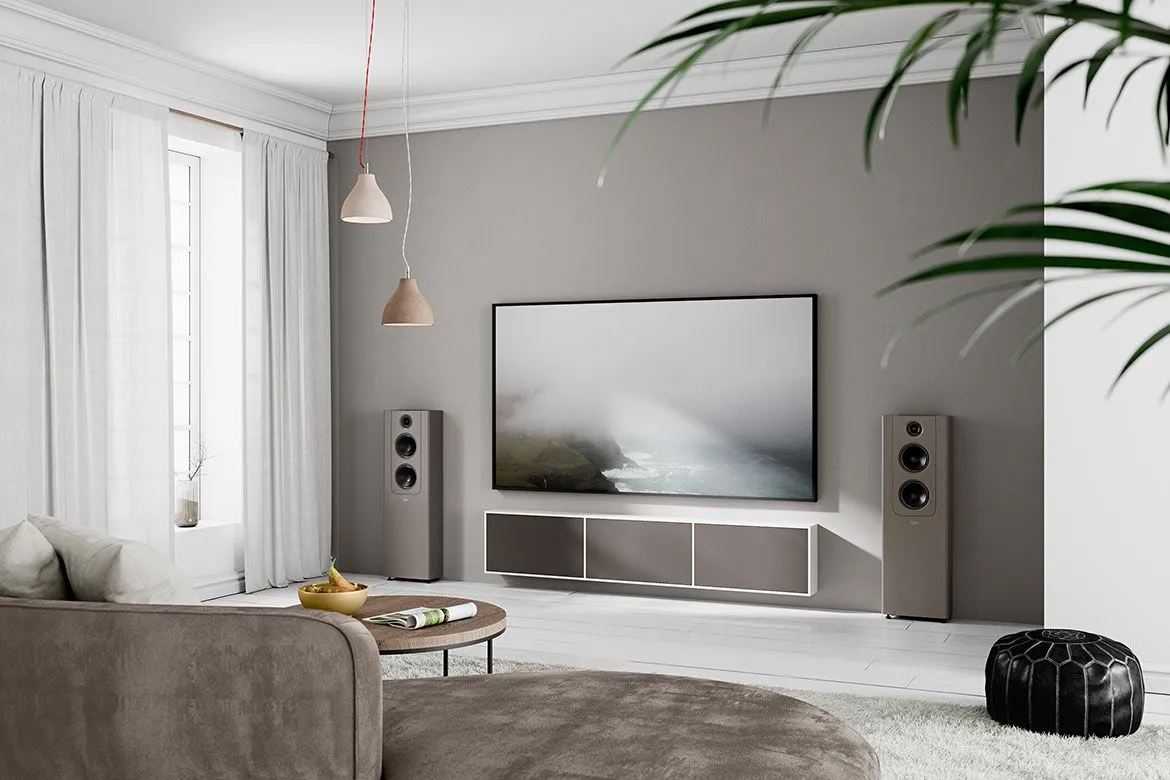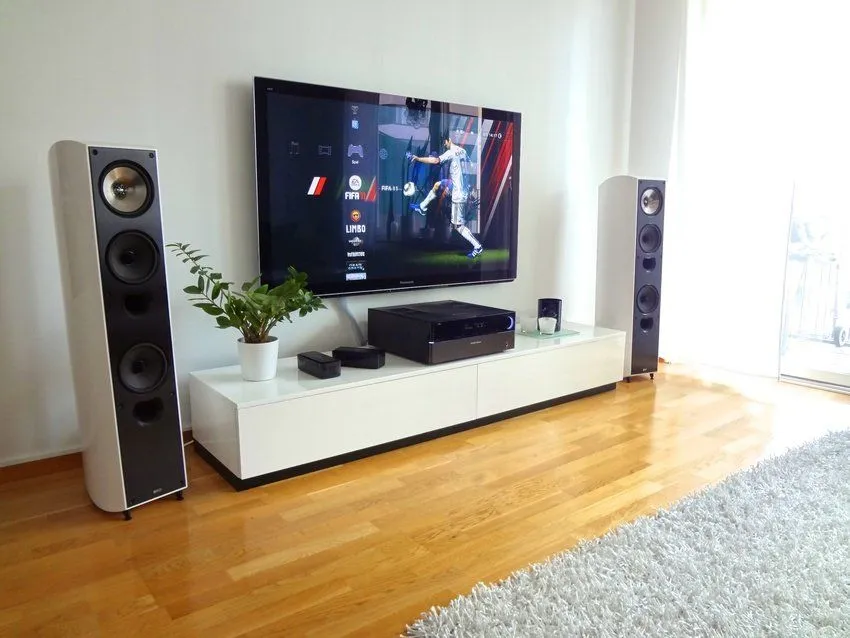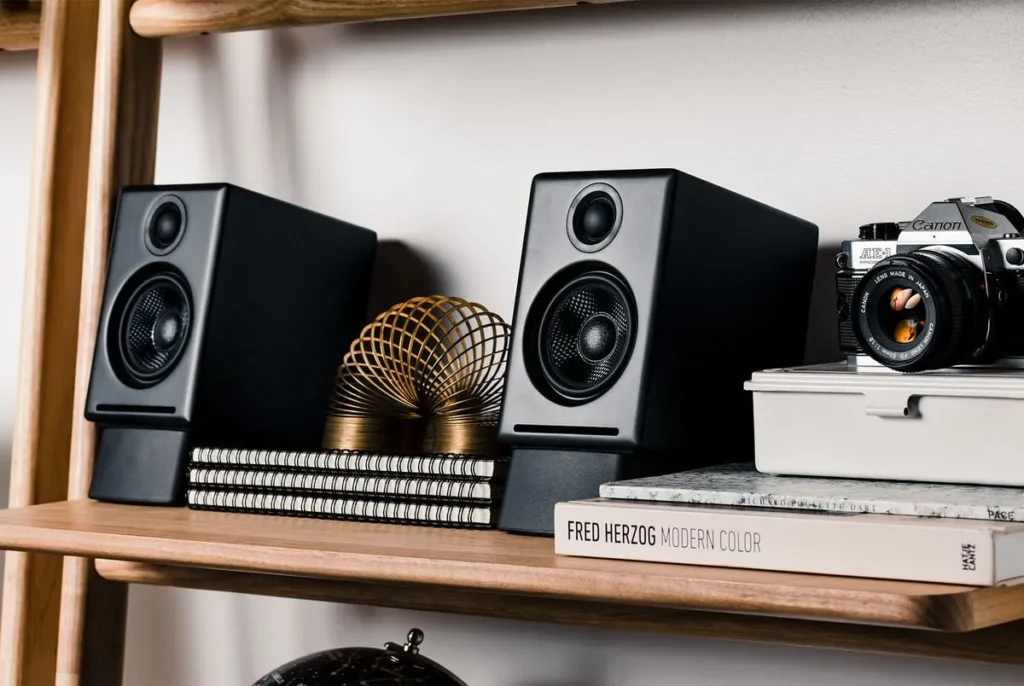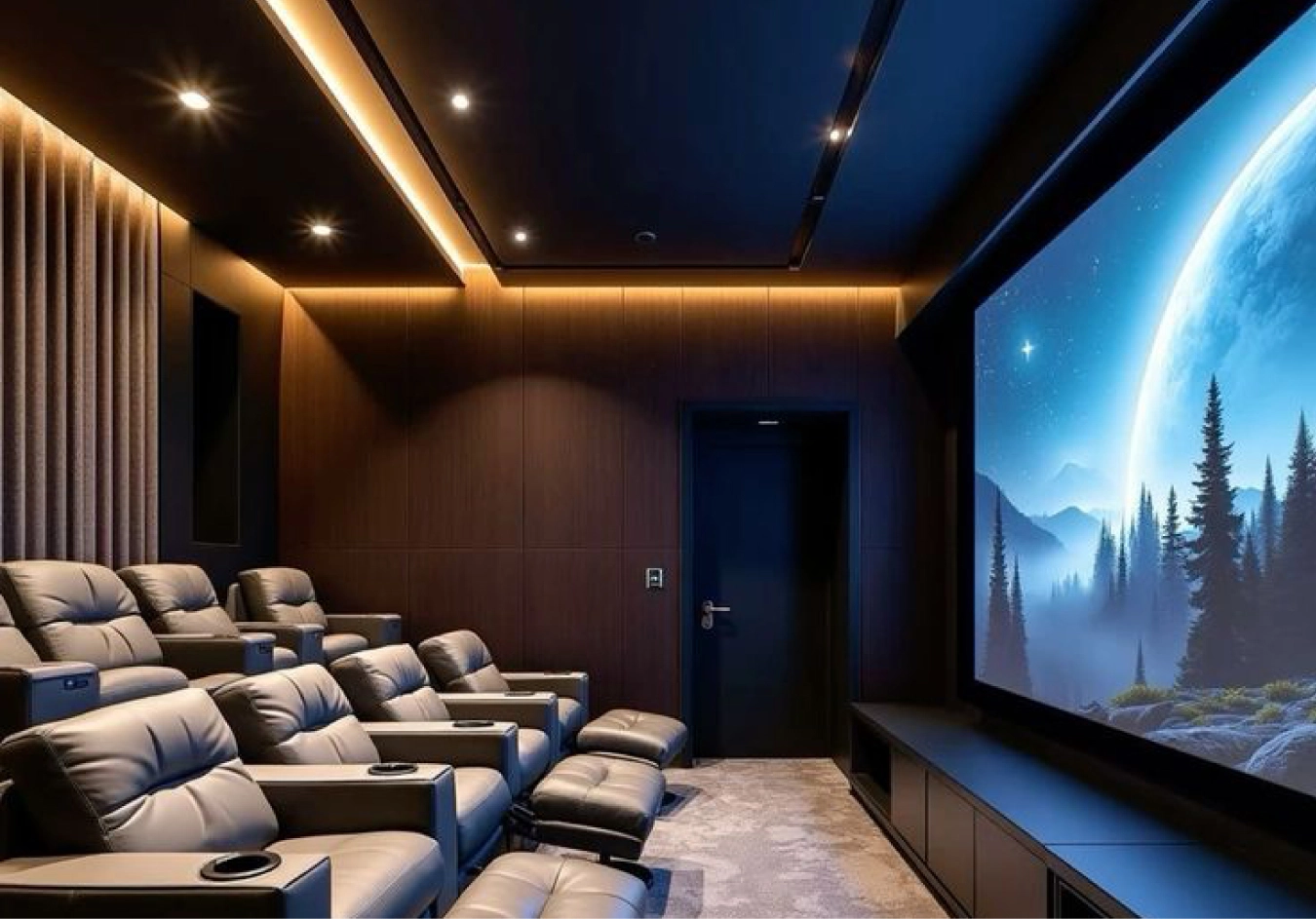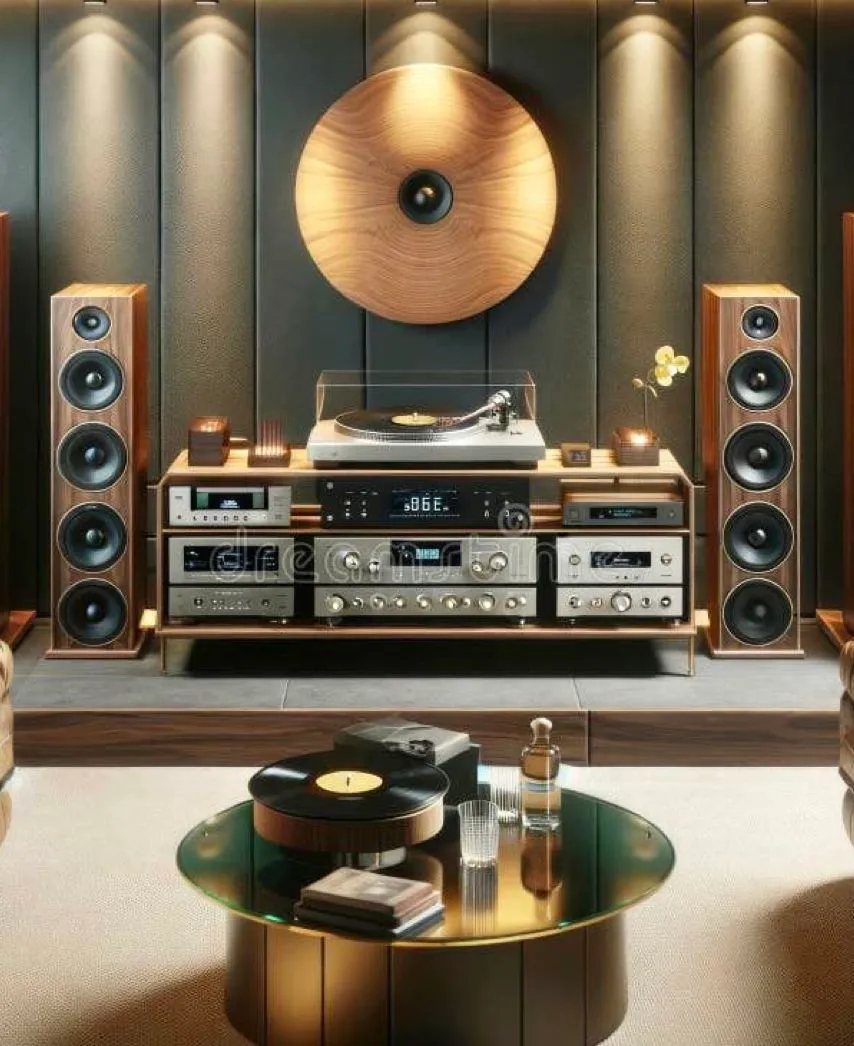How to Choose the Right Projector for a Home Cinema: 4K, Laser, or LED?

Choosing the right projector is essential for creating a true cinematic experience at home. With technology evolving rapidly, homeowners in Dubai often face a common question:
Should you choose a 4K, Laser, or LED projector for your home cinema?
This guide breaks down each technology so you can choose the perfect projector based on image quality, budget, room size, and installation needs.
Right Projector for a Home Cinema?
The best projector for a home cinema depends on your room setup and viewing expectations:
- 4K projectors → Best overall image detail and realism.
- Laser projectors → Brightest, longest lifespan, ideal for dedicated cinema rooms.
- LED projectors → Affordable, energy-efficient, lower maintenance, suitable for small setups.
For luxury home cinemas, 4K laser projectors deliver the highest performance.
Q&A about different projectors for a home cinema
1. What is the difference between 4K, Laser, and LED projectors?
- 4K projectors refer to resolution (3840×2160). They deliver sharper details and realistic visuals.
- Laser projectors refer to the light source, offering very high brightness, long lifespan (20,000+ hours), and excellent color accuracy.
- LED projectors use LEDs instead of lamps, with lower brightness but excellent longevity and energy savings.
2. Which projector gives the best image quality?
Laser 4K projectors provide the highest image quality, combining the sharpness of 4K with the brightness and color precision of laser technology.
3. What projector is best for small rooms?
For smaller apartments or limited space:
- Short-throw laser projectors
- LED projectors for budget-friendly setups
They deliver large images with minimal space.
4. What projector lasts the longest?
- Laser projectors typically last over 20,000–30,000 hours.
- LED projectors can reach 30,000–40,000 hours.
- Lamp-based projectors have the shortest lifespan.
5. Are laser projectors worth the price?
Yes—especially for dedicated home cinemas. They offer:
- Maximum brightness
- Accurate colors
- Instant on/off
- Low maintenance
- Long lifespan
They are the top choice for premium home cinema systems.
Detailed Guide: 4K vs Laser vs LED Projectors
4K Projectors
Best for: High-end home cinemas, large screens, immersive movie nights.
Key Benefits:
- Ultra-sharp visuals and true-to-life detail
- Great for 120–150 inch screens
- Ideal for dark cinema rooms
Drawbacks:
- Can be more expensive
- Some models use traditional lamps with higher maintenance
Laser Projectors
Best for: Luxury home cinema installations.
Key Benefits:
- Exceptional brightness
- Deep colors and high contrast
- Very long lifespan (up to 30,000 hours)
- Suitable for both dark and semi-lit rooms
- No lamp replacements
Drawbacks:
- Higher initial cost
LED Projectors
Best for: Smaller rooms, budget setups, casual viewing.
Key Benefits:
- Energy-efficient
- Long lifespan
- Low maintenance
- Compact and portable
Drawbacks:
- Not bright enough for large cinema screens
- Lower contrast than laser/4K options
How to Choose the Best Projector for Your Home Cinema
1. Consider your room size
- Small rooms → short-throw laser or LED
- Medium to large rooms → 4K or laser 4K
2. Check your screen size
- 100–120 inches → LED or entry-level 4K
- 120–150+ inches → laser or premium 4K
3. Think about ambient lighting
- Bright rooms → laser
- Dark dedicated cinema rooms → 4K or laser
4. Set a budget
Typical ranges:
- LED: AED 1,000 – 4,000
- 4K lamp: AED 4,000 – 12,000
- Laser 4K: AED 12,000 – 50,000+
5. Choose a professional installer
Home cinema performance depends heavily on:
- Calibration
- Throw distance
- Room acoustics
- Screen type
- Sound system integration
Lexa Lifestyle provides complete home cinema design, projector installation, acoustic treatment, and fine-tuning for maximum performance.
Why Choose Lexa Lifestyle for Home Cinema Installations in Dubai
Lexa Lifestyle specializes in luxury home cinema solutions, including:
- 4K & laser projector installation
- Acoustics tuning and soundproofing
- Premium screens and media rooms
- Surround sound integration (Dolby Atmos)
- Smart automation for lights, climate, and AV
- Complete design + installation + calibration
We offer premium projector brands: Sony, Epson, JVC, LG, BenQ, and more.



